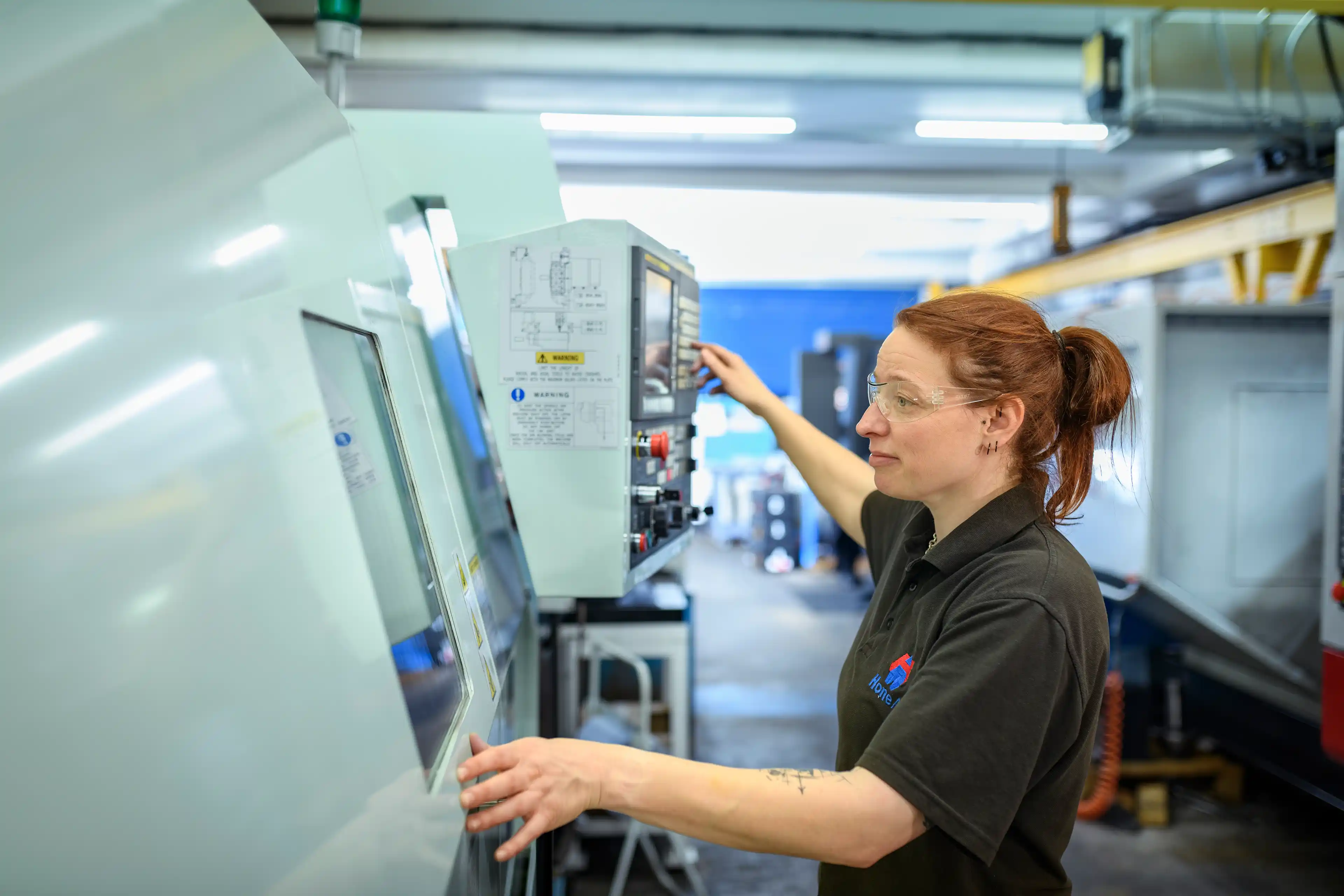Career pathways – helping employers explain the routes into engineering to young people
Date
2024/03/25
Category
Enginuity News , Enginuity Update
The career pathways into engineering can be difficult to explain – so here at Enginuity, we’ve developed clear, simple diagrams to map out various routes into the industry for people in England, Scotland and Wales.
Who are these for?
We’ve designed our career pathways infographics primarily for educators and employers engaged in STEM outreach. They are available to download for use in presentations or in online and print resources for young people considering a career in engineering.
Why is it necessary to simplify career pathways into engineering?
Across the board, there is a lot of confusion around engineering as a profession, the courses needed to qualify, and what the career ladder looks like.
- Almost half (47%) of 11- to 19-year-olds say they know little or almost nothing about what engineers do.
- Only 39% of 14- to 16-year-olds say they know what they need to do next to become an engineer.
- Fewer than half of STEM secondary school teachers and under one third of parents express confidence in giving engineering careers advice, with both groups reporting low levels of knowledge about engineering.
(Data taken from Engineering UK Report 2020)
The fact that education systems differ between England, Scotland and Wales further complicates messaging across the UK, which is why we’ve created three separate infographics.
Career pathways in England, Scotland and Wales
England
For students and professionals in England, this map shows how an aspiring junior engineer will need to first complete vocational and technical qualifications at GCSE level and then take on a Level 2 intermediate apprenticeship before securing the entry-level role. For a postgrad, a master’s degree could lead to a degree apprenticeship and then a job as a chartered engineer – one of the best paid positions in the field.
Download career pathways infographic EnglandScotland
In Scotland, someone looking to start their career as a junior engineer would need to complete a Level 5 Modern Apprenticeship after their Level 5 vocational and technical qualifications. To become an engineer requires Level 7 qualifications and the same level Modern Apprenticeship. Meanwhile, a chartered engineer wouldn’t need to complete an apprenticeship, but could qualify immediately upon graduating with a relevant master’s or doctoral degree.
Download career pathways infographic ScotlandWales
Career pathways in Wales are very similar to those in England, but with the Welsh Baccalaureate as an additional qualification option in levels 1 to 3. There is also a slight change in apprenticeship structure: at Level 2, a foundation apprenticeship – rather than the English intermediate apprenticeship – leads to a junior engineer job; at Level 3, people based in Wales will take an apprenticeship to secure a principal engineer position, instead of the advanced apprenticeship required in England.
Download career pathways infographic WalesMore news



